Introduction to Brush Sanding
Brush sanding is an essential process in the woodworking industry, designed to give wood surfaces a fine finish. This technique employs the use of specialized brush sanding machines that utilize abrasive bristles to smooth out wood surfaces, edges, and contours. The versatility of brush sanding equipment makes it suitable for a variety of applications, from initial surface preparation to final finish touches.
Types of Brush Sanding Machines
There are several types of brush sanding machines, each tailored for specific needs and applications. Some are designed for uniform sanding of flat surfaces, while others excel in detailed work on profiles and intricate shapes. The common variants include hand-held models for small-scale tasks and industrial-grade machines for larger production demands.
Applications and Features
Brush sanding machines are widely used across different sectors of the woodworking industry. Their applications range from preparing wood panels for painting or varnishing to smoothing out furniture components and door frames. Key features of these machines include adjustable speed settings, interchangeable brush heads for different textures, and dust extraction systems to maintain a clean working environment.
Materials and Advantages
The brushes in sanding machines are often made from durable materials like nylon, wire, or abrasive-infused filaments. These materials are chosen for their longevity and effectiveness in removing imperfections from wood surfaces. The advantages of using brush sanding include improved consistency in finish, reduced manual labor, and the ability to sand complex shapes with ease.
Choosing the Right Brush Sanding Machine
Selecting the appropriate brush sanding machine involves understanding the specific requirements of your woodworking projects. It is crucial to consider the size of the items being sanded, the level of detail required, and the expected production volume. A thorough assessment of the machine's features, such as motor power, brush type, and adjustability, will ensure that it meets your needs.
Maintenance and Safety
Maintaining brush sanding machinery is straightforward but vital for optimal performance and longevity. Regular cleaning of the brushes and components prevents buildup and potential defects in the wood finish. Safety is paramount; operators should be well-trained in the use of the machinery, adhering to safety guidelines to prevent accidents.
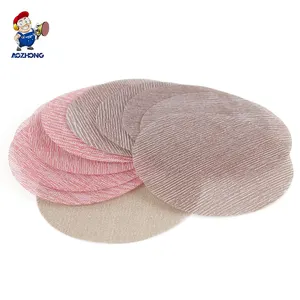































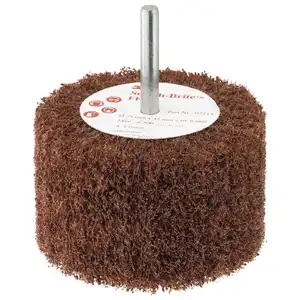
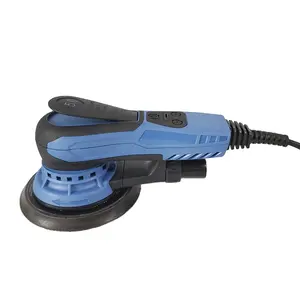






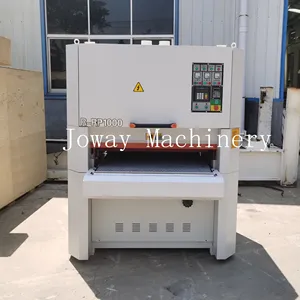



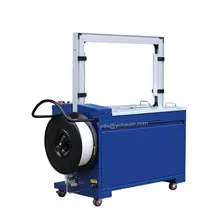





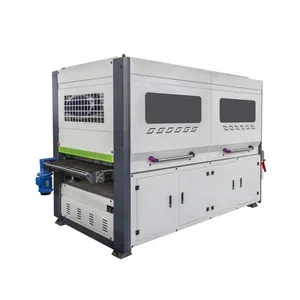

























 浙公网安备 33010002000092号
浙公网安备 33010002000092号 浙B2-20120091-4
浙B2-20120091-4